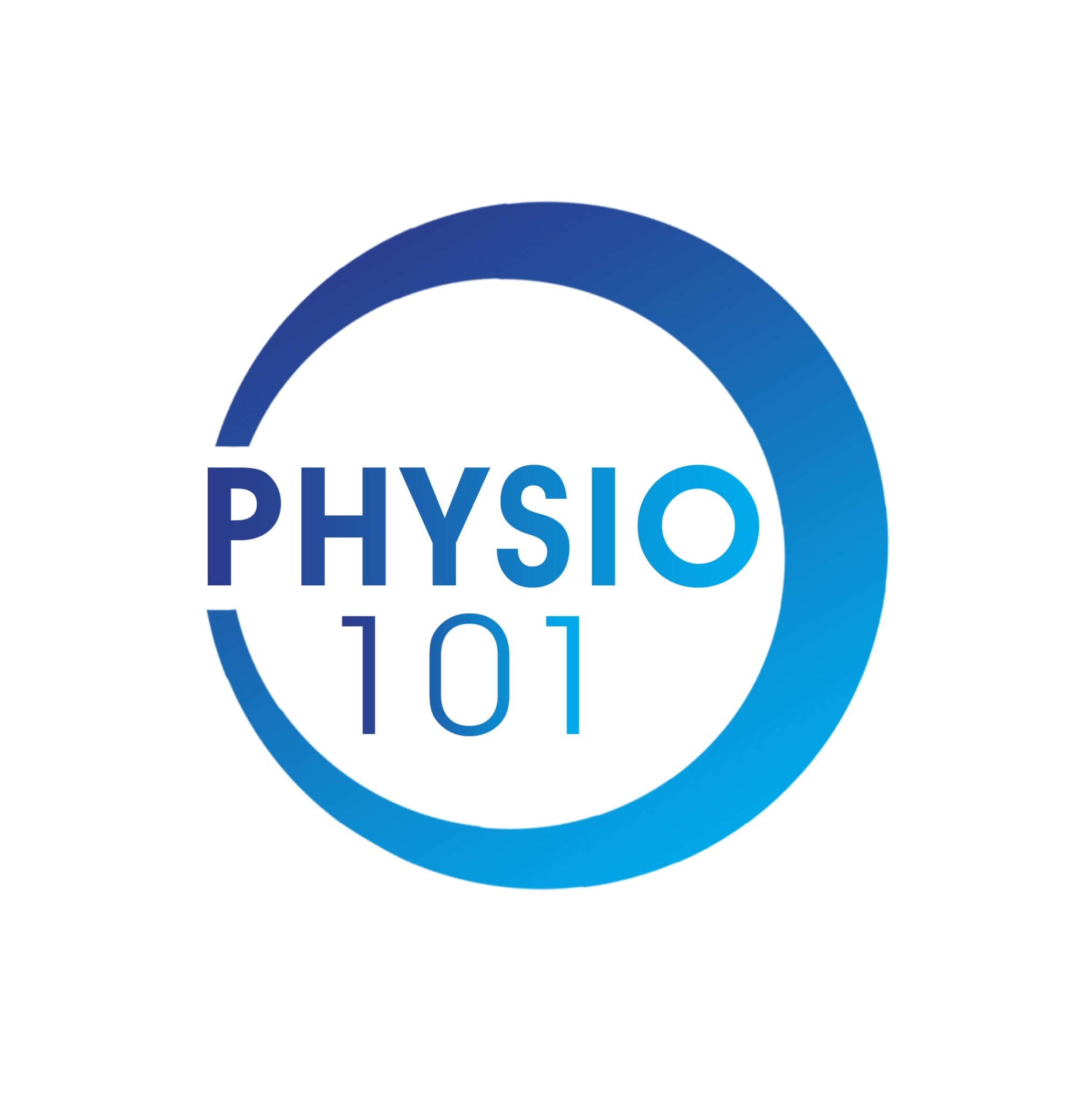Golfer’s Elbow
What is Golfer’s Elbow?
Golfer's elbow, also known as medial epicondylitis, is a condition that causes pain where the tendons of your forearm muscles attach to the bony bump on the inside of your elbow. The pain might spread into your forearm and wrist.
Golfer's elbow is similar to tennis elbow, which occurs on the outside of the elbow. Contrary to what the name suggests, it is not limited to golfers. Tennis players and others who repeatedly use their wrists or clench their fingers also can develop golfer's elbow.
Symptoms of Golfer’s Elbow
Golfer's elbow is characterised by:
Pain and tenderness. Usually felt on the inner side of your elbow, the pain sometimes extends along the inner side of your forearm. Pain typically worsens with certain movements.
Stiffness. Your elbow may feel stiff, and making a fist might hurt.
Weakness. You may have weakness in your hands and wrists.
Numbness or tingling. These sensations might radiate into one or more fingers — usually the ring and little fingers.
The pain of golfer's elbow can come on suddenly or gradually. The pain might worsen with certain movements, such as swinging a golf club.
Causes of Golfer’s Elbow
Golfer's elbow is caused by damage to the muscles and tendons that control your wrist and fingers. The damage is typically related to excess or repeated stress — especially forceful wrist and finger motions. Improper lifting, throwing or hitting, as well as too little warmup or poor conditioning, also can contribute to golfer's elbow.
Besides golf, many activities and occupations can lead to golfer's elbow, including:
Racket sports. Improper technique with tennis strokes, especially the backhand, can cause injury to the tendon. Excessive use of topspin and using a racket that's too small or heavy also can lead to injury.
Throwing sports. Improper pitching technique in baseball or softball can be another culprit. Football, archery and javelin throwing also can cause golfer's elbow.
Weight training. Lifting weights using improper technique, such as curling the wrists during a biceps exercise, can overload the elbow muscles and tendons.
Forceful, repetitive occupational movements. These occur in fields such as construction, plumbing and carpentry
How can Physio 101 help you?
Our physiotherapists are qualified to treat this condition using a variety of different treatment options:
Dry Needling
Deep Tissue Massage
Cross Frictions
Specific Physio Guided Exercises

